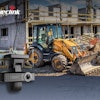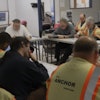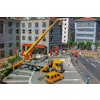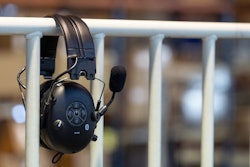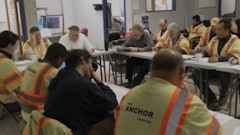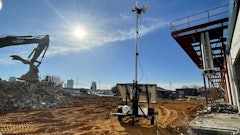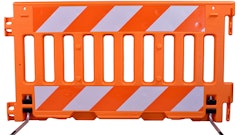By Dr. Lisa Tseng, CEO, hi HealthInnovations
It is not surprising that construction industry professionals have a greater risk of hearing loss than most people, considering equipment such as jackhammers can exceed 120 decibels — the equivalent to a heavy-metal concert. Exposure to sounds that loud, over many months and years, can contribute to noise-induced hearing loss.
Hearing loss has many consequences, affecting people personally and professionally. Left untreated, hearing loss can reduce earnings by as much as $30,000 a year, and people with this condition are nearly twice as likely to be unemployed as their peers who use hearing aids. According to a 2013 survey, 30% of employees said they suspect they have a hearing problem but have not sought treatment.
They are not alone. Hearing loss, commonly associated with older Americans, affects more than 48 million Americans nationwide — 60% of them still of working age. About 22 million employees nationwide, including construction industry professionals, are exposed to hazardous noise levels on the job, according to a recent report from the Occupational Health & Safety Administration (OSHA). Among workers who had been exposed to occupational noise at some point during their career, the prevalence of hearing loss was 23%, according to a 2016 study from the National Institute of Occupational Safety and Health.
Early signs of hearing loss include turning up the TV or radio to levels others consider too loud, having trouble hearing in noisy environments or difficulty hearing on the phone.
To help prevent hearing loss, here are some helpful tips:
- For people consistently exposed to noise, especially while on the job, consider options such as ear muffs or custom earplugs that offer significant protection.
- When attending sports events or music concerts, use ear protection such as inexpensive ear plugs that are available at pharmacies and other retail stores.
- Limit exposure to loud sounds — including music, lawnmowers and motorcycles — to no more than 20 minutes at a time.
- Follow the 60/60 rule, which means use earbuds for no more than 60 minutes at a time and at 60% of the device’s maximum volume.
For people with hearing loss, here are tips to improve communications at work and at play:
- Before a meeting, request an agenda that will make it easier to follow the discussion. Ask for a meeting recap or partner with co-workers to share notes.
- Select a place at the table that enables you to see co-workers’ faces and watch lips to help enhance speech understanding.
- Rather than nodding along to a conversation you can’t follow, politely stop the discussion and ask the speaker to rephrase what was said.
- If recommended, consider wearing hearing aids, which help people hear soft sounds and keep loud noises at a comfortable level.
Preserving hearing health, or obtaining treatment if necessary, is crucial for all Americans but especially for homebuilders and construction industry professionals. Following these tips can help employees in these fields to maintain their hearing health and, as a result, enable them to continue as safely as possible to meet the home and construction needs of America.
For more information about hearing loss prevention and treatment, visit hihealthinnovations.com.
